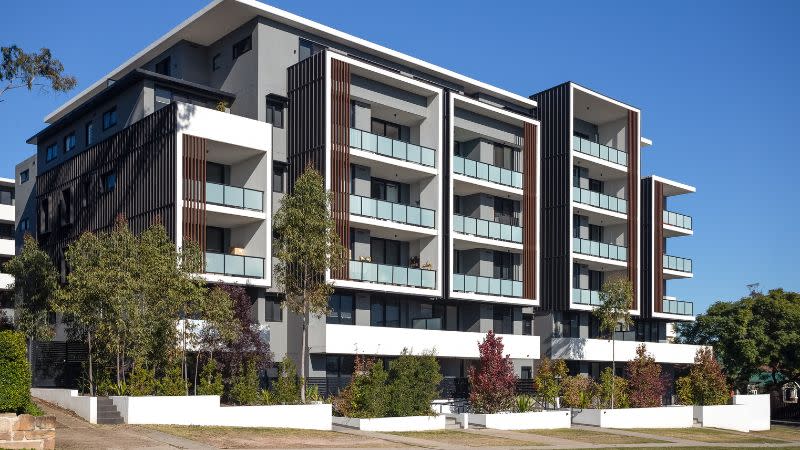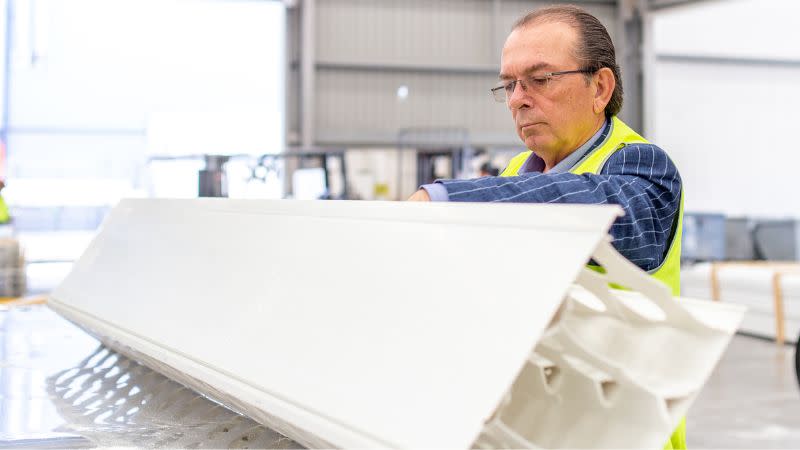Smarter Building Methods Addressing Construction, Housing Affordability

While many Australians navigate a path through cost-of-living pressures, the issue of construction affordability is heavily impacting the industry and the appetite for residential development.
As government attempts to identify solutions to combat the housing shortage, smarter, more affordable and innovative construction materials have been helping to significantly reduce the time and cost to complete projects and improve profit margins.
According to the National Housing Finance and Investment Corporation (NHFIC), the housing crisis in Australia will continue for some time.
Its recent research report, State of the Nation’s Housing 2022-23, referenced post-pandemic population growth and continuing interest rate increases as the main causes of the ongoing housing shortage and affordability challenges.
NHFIC projects that delays in new housing supply and increasing household formation will lead to a supply household formation balance of around -106,300 homes (cumulative) over the 5 years to 2027.
Yet while demand is clearly high, and population growth from overseas migration is predicted to further drive the need for new housing, scarcity of skilled labour, and rising material and labour costs are adding substantial pressure on the construction industry.
An estimated 28,000 homes were delayed in 2022, with builders indicating they are making cost allowances of up to 40 per cent for unexpected delays, up from a more normal 20 per cent.
These delays can occur due to a variety of reasons, including adverse weather conditions, labour issues and unforeseen site problems, which disrupt project schedules, increase costs, and affect overall project viability.
Importantly, there are alternatives to conventional building materials that can address the skill, supply and cost challenges that are hindering project productivity and profits.
“Innovative materials are often overlooked by old-school decision makers,” Dincel founder Burak Dincel said.
“We can’t ignore how much the rising cost and supply reliability of traditional materials is limiting the scale of development needed to meet current and future housing demand.”

Being a structural engineer, builder, developer and managing a multi-disciplinary engineering firm (mechanical, electrical, hydraulics, civil and fire) gave Burak a multi-focused view on how to arrive at a perfect structural system.
Manufactured in Australia, Dincel Structural Walling is today the leading permanent polymer formwork system, widely adopted in the industry as an efficient and cost-effective building material.
It’s recognised as smarter and more economical when compared to conventional formwork, precast and masonry blockwork, particularly in the multi-residential and civil infrastructure space.
The Dincel load-bearing wall system in apartment construction instead of slabs carried by columns can provide a 30 per cent structural cost saving and 50 per cent time saving as proven in many apartment constructions.
“We know our lightweight product is helping to fast-track project timelines, reduce costs, and create cleaner and safer construction sites, with walls so simple to install they don’t require specialised trades,” Dincel said.
“Above all, maintaining high quality construction standards and ensuring workforce safety are paramount for the residential building industry, improving industry compliance, consumer confidence and developer reputation.
“To that end, ongoing investment in material innovation is needed to continually advance building performance and longevity.”

An example of this focus on innovation is the recent introduction of Dincel’s new Waterproof System Warranty which helps to protect buildings from water ingress at the most vulnerable part of a structure, the wall-footing slab junction, for up to 50 years.
This is also enabling habitable spaces to be created well below the ground level, increasing usable space without increasing the building footprint.
“Not only is Dincel helping to improve building longevity by addressing the risk of building leaks and associated structural and wellbeing concerns, our Waterproof Warranty is also opening up greater design flexibility, providing developers with more freedom to design unique spaces with unconventional layouts, such as multi-level basements, carparks or sunken courtyards,” Dincel said.
To find out more go here.
The Urban Developer is proud to partner with Dincel to deliver this article to you. In doing so, we can continue to publish our daily news, information, insights and opinion to you, our valued readers.














